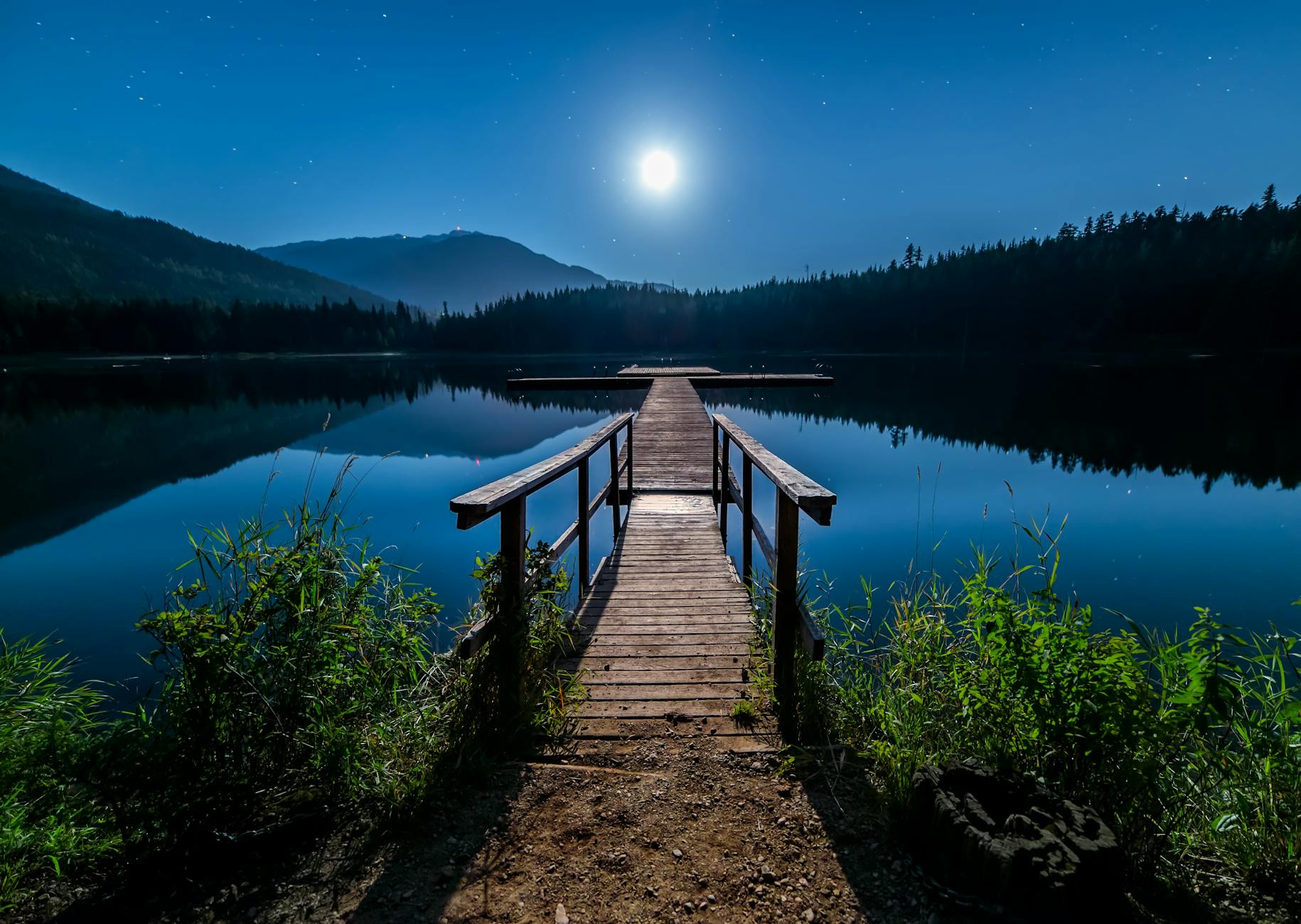Is Natural Sunscreen the Best Choice for Australia’s Outdoor Lifestyle?

Benefits of Natural Sunscreens
The sunny strolls down St Kilda Beach and bustling days exploring Federation Square can put our skin through some intense UV exposure. That's where natural sunscreen becomes a hero in your skincare routine. Infused with skin-loving ingredients like zinc oxide, these sunscreens provide a mineral shield against the sun's harsh rays without absorbing into your skin, making them perfect for sensitive skin types.
One standout advantage is their environmental consideration. Unlike chemical-based sunscreens that can damage coral reefs, zinc sunscreen respects the ocean, ensuring your surf trips leave nothing but footprints on the beach. It's a small switch but one that speaks volumes about eco-conscious choices.
Opting for natural sunscreen isn't just about protection from the immediate threats of sunburn. Regular use fosters long-term skin health by maintaining its natural balance and preventing premature ageing. Many even find they need fewer skincare products, saving time—and space in their Melbourne skinny-boots closet!
If you're navigating the vibrant streets of Melbourne or hiking in its lush surroundings, a quality natural sunscreen should be in your backpack. By prioritising products that are kind to both your skin and the environment, you align your lifestyle with your values, making every sunlit adventure a conscious choice.
Key Sunscreen Ingredients
Physical vs. Chemical Agents
When selecting sunscreen, understanding the difference between physical and chemical agents is crucial. Physical sunscreens, often known as mineral sunscreens, include ingredients like zinc oxide and titanium dioxide. These agents sit on the skin's surface, reflecting UV rays away like a mirror. They are an excellent choice for those aiming to minimise risks to both skin and environment. Chemical sunscreens, in contrast, absorb UV rays and convert them into heat, which the skin then releases. While effective, they may contain substances of concern for some environmentally focused individuals.
The Role of Zinc Oxide
Zinc oxide is a powerhouse ingredient in reef safe sunscreen, celebrated for its mineral composition that provides broad-spectrum protection. It's especially appealing for its non-toxic and non-allergenic properties, making it a preferred choice for sensitive skin. Unlike many chemical filters, zinc oxide doesn't seep into the skin, reducing the risk of skin irritation and allergies. Plus, it degrades less quickly in sunlight, ensuring prolonged protection during outdoor activities at places like St Kilda Beach.
Natural Additives to Look For
In seeking an effective natural sunscreen, pay attention to additional ingredients that complement UV protection. Extracts like green tea and aloe vera not only soothe but also provide antioxidant benefits, fortifying skin against environmental stress. Shea butter and coconut oil are popular for their moisturising properties, ensuring your skin stays hydrated, even during a day spent strolling along Chapel Street boutiques. Opting for sunscreens rich in these natural additives enhances your defence against the sun while keeping your skin supple and healthy.
Concerns with Natural Sunscreens
UV Protection Levels
When you're chilling at St Kilda Beach, the sun's rays can be relentless. That's why understanding UV protection in natural sunscreens is crucial. While these formulations are often marketed as safer alternatives, they might not always offer broad-spectrum protection. It's essential to check if the product adequately shields against both UVA and UVB rays, ensuring you stay safe under the Aussie sun.
Application and Absorption Issues
Let's talk about application and absorption, some beauty hacks to keep your look effortlessly chic. Natural sunscreens can sometimes feature a thicker consistency, which might take longer to absorb compared to chemical-based options. This can be tricky when you're rushing to catch a tram to Federation Square. To ease application, warm the sunscreen between your fingers before applying in sections. Ensuring a smooth finish can make all the difference for seamless all-day sun protection.
Potential Allergens
For those with sensitive skin, natural doesn't always mean allergy-free. Ingredients like essential oils and natural fragrances can sometimes trigger reactions. Before packing for a weekend getaway to the shops on Chapel Street, do a patch test with kids sunscreen or any new product to avoid unexpected skin irritations. Keep your routine simple and mindful, ensuring comfort without compromising on your ethical and health-conscious values.
Tips for Outdoor Activities
Choosing the Right SPF
Selecting the right SPF is crucial for effectively protecting your skin in places like Melbourne. For those sunny days at St Kilda Beach, aim for a broad-spectrum sunscreen with at least SPF 30. Opt for mineral-based options, such as those containing zinc oxide, which are known for their reef-friendly properties. When picking a baby sunscreen, ensure that it provides broad-spectrum protection, particularly if you have sensitive skin that is prone to irritation.
Optimal Reapplication Frequency
Whether you're chilling out at Federation Square or engaging in outdoor activities like cycling through Melbourne's vibrant streets, understanding your sunscreen's longevity is essential. Sunscreens typically require reapplication every two hours, especially if you're swimming or sweating. To enhance effectiveness, apply a generous amount 15 to 20 minutes before sun exposure. Keep a travel-sized bottle handy for those impromptu adventures where you might need to reapply on the go.
Compatibility with Sports and Water
Engaging in water sports or high-energy activities demands a sunscreen that can keep up with your lifestyle. Look for water-resistant sunscreens that provide at least 40 to 80 minutes of protection during activities like surfing or enjoying a day out at local hotspots. It's also prudent to choose formulations that are non-greasy, so you remain comfortable while going about your activities without feeling sticky or weighed down. This approach blends convenience with comprehensive protection, making it easier to enjoy Melbourne's outdoors while safeguarding your skin.
Common Mistakes
Misjudging UV Index
When spending time in Melbourne, whether exploring Federation Square or lounging at St Kilda Beach, it's easy to overlook the importance of the UV index. Many assume that overcast days mean less sun exposure risk, but the UV index today Melbourne could still reach high levels even when the sun isn't shining brightly. Always check the current UV index before heading out and choose a sunscreen accordingly. You can make this a ritual, like grabbing your reusable water bottle—an easy beauty hack that ensures you're always prepped.
Overlooking Expiration Dates
Sunscreen, much like your favourite moisturiser from the boutiques on Chapel Street, has a shelf life. Using expired sunscreen won't give you the protection you need. It's like expecting a flat white to stay hot in the sun—it just doesn't work. Mark your calendar or set a reminder in your phone to check the expiration dates every few months. Trust me, this small habit leads to better skin safety.
Ignoring Skin Test Patches
Finally, never skip a patch test, even on products you believe to be hypoallergenic. Using a new sunscreen? Dab a small amount on your forearm and wait 24 hours to see if there's a reaction. This can save your skin from unexpected flare-ups and keep you feeling confident while showing off your latest graphic design work. Remember, sun protection is as crucial to your health as wearing the right pair of sunnies.


